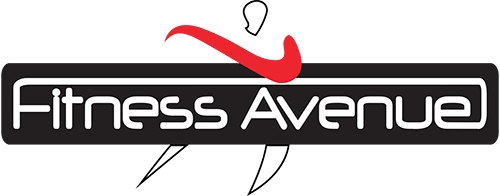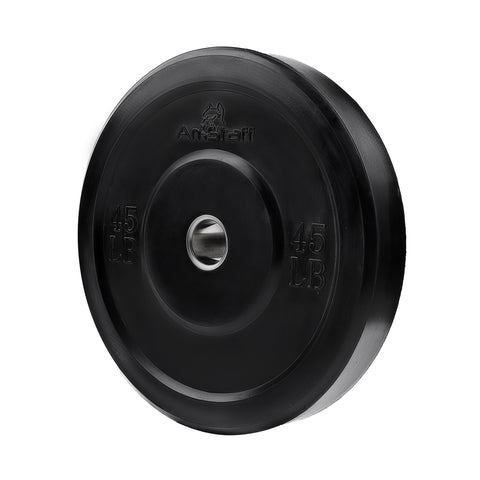3 products
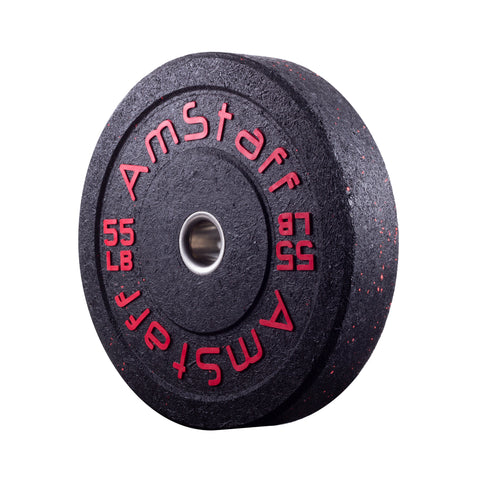
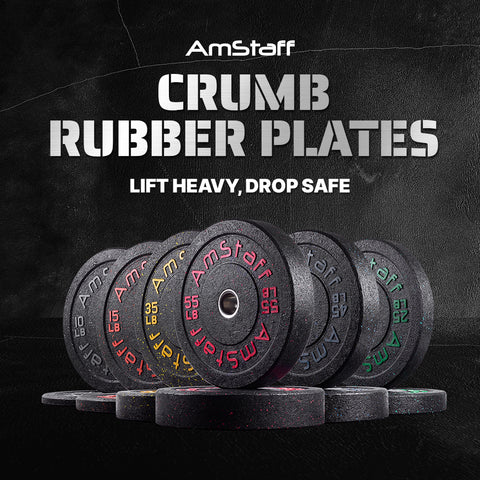
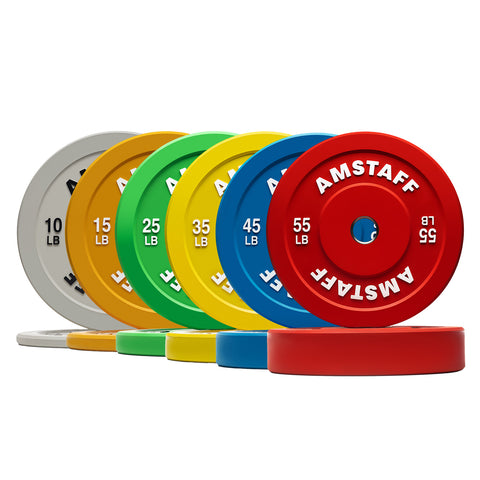
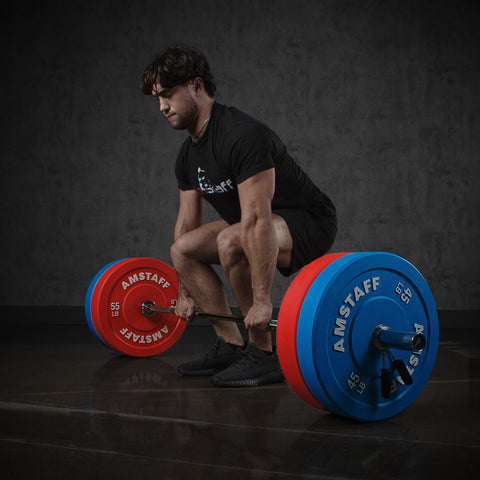
Why Bumper Plates Protect Your Equipment and Floors
Bumper plates represent the gold standard for serious lifters and fitness enthusiasts. Constructed with a steel core surrounded by durable rubber, these specialized weight plates absorb impact when dropped, protecting your equipment, floors, and reducing noise. The standardized diameter across all weights ensures consistent lifting mechanics, making them essential for Olympic weightlifting, CrossFit workouts, and safe home gym training. Their color-coded design allows for quick weight identification during intense high-intensity workout sessions.
How to Choose High-Quality Bumper Plates for Your Training
When selecting bumper plates, consider your training style first. Olympic lifting enthusiasts should prioritize plates with low bounce and excellent durability. Look for weight plates with less than 1% weight tolerance for accurate loading, steel inserts for smooth barbell mounting, and virgin rubber construction for longevity. For home gym setups, crumb rubber bumper plates offer exceptional noise reduction and floor protection, while competition bumper plates provide quick weight identification and professional-grade performance for both home or commercial gym environments.
What to Expect from Fitness Avenue
At Fitness Avenue, we're committed to your fitness journey with our exceptional selection of bumper plates. Every piece of exercise equipment undergoes rigorous quality testing to ensure durability and perform optimally. Our expert team provides personalized support to help you shop for the perfect plates for your specific needs. We offer fast shipping throughout Canada and the US, with comprehensive protection guarantees on all our bumper plate sets, ensuring they arrive at your doorstep ready for immediate use in your gym setup.
FAQs
What is the point of bumper plates?
Bumper plates are designed to be safely dropped from overhead during Olympic lifts and CrossFit workouts. Their rubber construction absorbs impact, protecting your barbell, floor, and reducing noise. The uniform diameter across weight increments ensures consistent lifting technique regardless of the weight used, making bumper plates an essential investment for technical lift training and dynamic exercises.
What are the disadvantages of bumper plates?
The primary disadvantages of bumper plates include higher cost compared to traditional iron plates, greater thickness limiting how much weight fits on a bar, and slight bounce when dropped. Some lower-quality bumper plates may develop cracks over time, especially the lighter plates (10-15lb) when dropped alone. They also require more storage space than traditional steel plates due to their standardized diameter.
Is it harder to deadlift with bumper plates?
Deadlifting with bumper plates isn't necessarily harder, but it offers a different experience. The standardized 450mm diameter means the starting position is consistent regardless of weight, which can be beneficial for technique development. However, some lifters may notice a slight difference in bar path and energy transfer during movement due to the rubber's minimal absorption properties compared to rigid iron plates.
Are bumper plates accurate?
Quality bumper plates offer excellent weight accuracy with tolerances typically within 1% of stated weight. Competition bumper plates feature even tighter tolerances (±10 grams) to meet international weightlifting standards. The AmStaff Fitness coloured bumper plates at Fitness Avenue maintain a weight tolerance of ±1%, ensuring consistent and reliable resistance for your strength training.
How long do bumper plates last?
Premium bumper plates can last 8-10+ years with proper care and usage. Factors affecting longevity include construction quality, frequency of drops, storage conditions, and whether lightweight plates are dropped independently. Our crumb rubber plates are designed to withstand 10,000-30,000 drops, while Olympic bumper plates with steel inserts offer exceptional durability for years of intensive training.
Are bumper plates rubber?
Yes, bumper plates are primarily made of rubber compounds surrounding a steel core or insert. Different types use various rubber formulations: training bumpers typically use virgin rubber, crumb rubber plates utilize recycled materials, and competition plates feature specially formulated dense rubber. This rubber construction is what allows them to withstand impact when dropped without damaging equipment or floors.
Are bumper plates meant to be dropped?
Bumper plates are specifically designed for dropping, particularly from overhead positions during Olympic lifts like clean and jerks or snatches. Their rubber construction absorbs impact forces that would otherwise damage traditional iron plates, barbells, and flooring. However, manufacturers typically advise against dropping lighter plates (10-15lb) independently, as they should be paired with heavier weights for optimal durability.
Can bumper plates be left outside?
While bumper plates are more weather-resistant than iron plates, extended outdoor exposure isn't recommended. UV rays can degrade rubber over time, causing plates to crack or harden. Temperature fluctuations may affect rubber elasticity, and moisture can corrode the steel inserts. If temporary outdoor use is necessary, store plates in a proper rack indoors afterward and clean them regularly to maintain performance and appearance.
Can bumper plates be dropped on concrete?
While bumper plates can technically be dropped on concrete, it's not ideal for either the plates or the concrete. Repeated drops on bare concrete can cause premature damage to the plates and may affect the floor surface over time. For optimal protection and longevity, use specialized lifting platforms, rubber mats (minimum 3/4" thick), or dedicated weightlifting flooring when dropping bumper plates in your facility.
